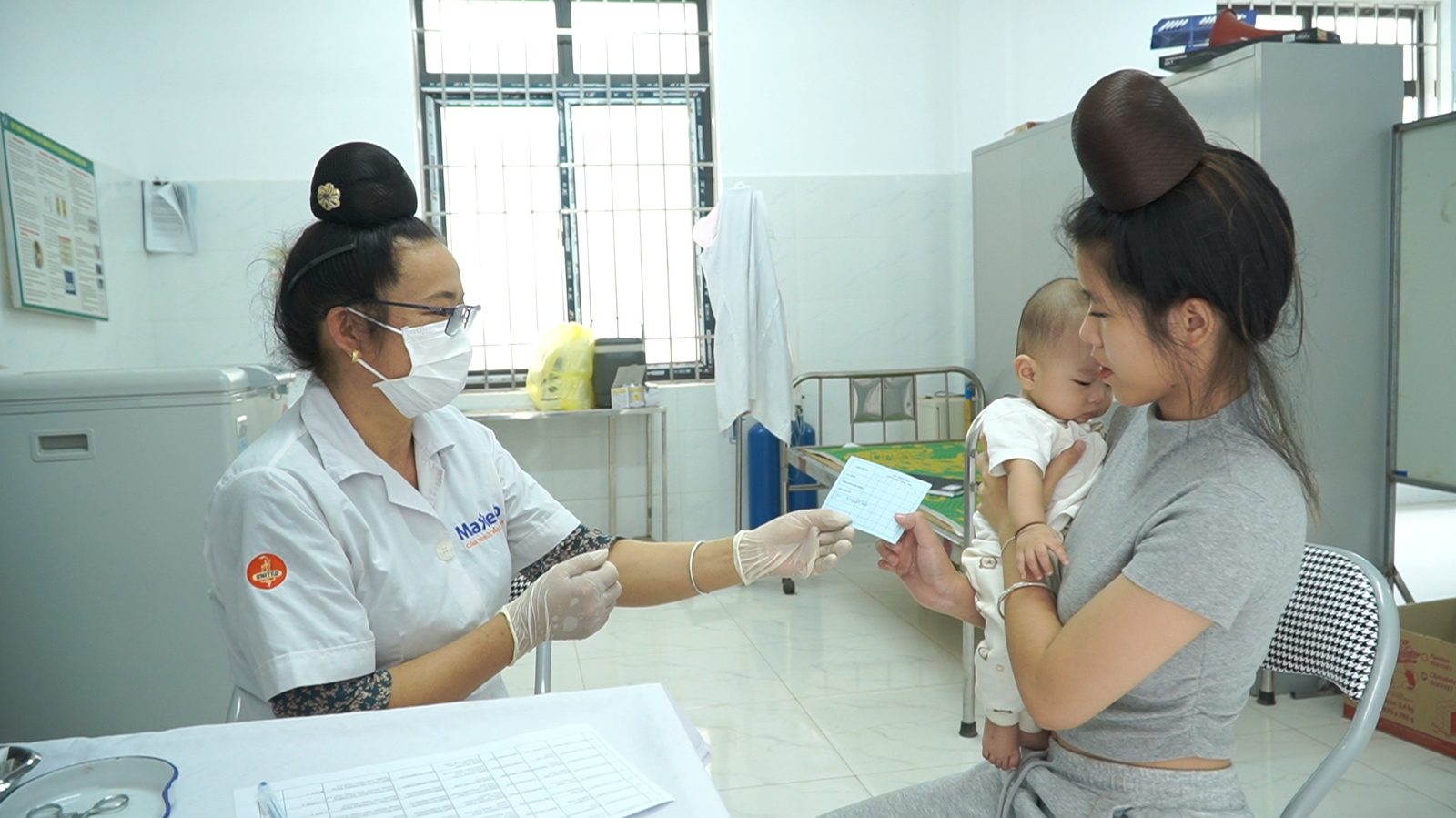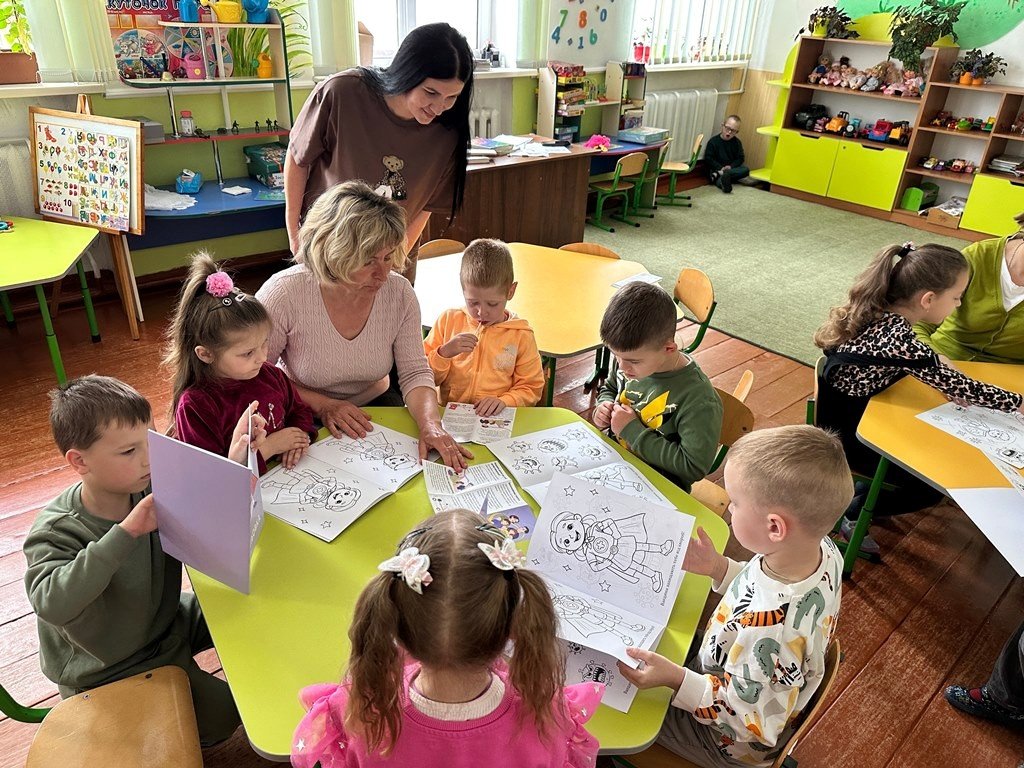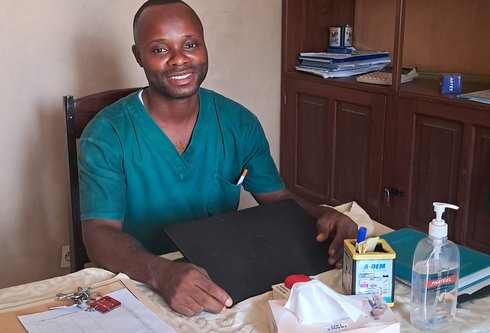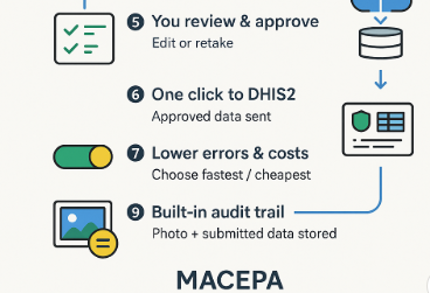For Mr. Nếnh, being the village chief and Party Secretary comes with important responsibilities. Mr. Nếnh has led his remote village, Phiêng Phụ, in Mai Son District, Son La Province, Vietnam, for 22 years, and he knows his community members well.
For many years, Mr. Nếnh understood vaccination outreach and mobilization to be the responsibility of health workers. However, after attending training on immunization and communication hosted by PATH, the National Institute of Hygiene and Epidemiology, the Son La Center for Disease Control, and the Mai Son District Health Center, he gained a new appreciation for the importance of his leadership and the trust he held within the community.
Mr. Nếnh began working with the village health care worker to improve immunization coverage.
“We’ve shown what’s possible when governments, health workers, and communities co-design solutions that are rooted in the reality.”— Dr. Nguyen Tuyet Nga, Southeast Asia Hub Director, PATH
The double burden of middle-income countries
Millions of people like Mr. Nếnh live in middle-income countries, defined by the World Bank (2022) as those where the per capita gross national income ranges between $1,086 and $13,205. More than 829 million children live at or below the poverty line of $3.65 per day in middle-income countries, a diverse group that varies by size, population, and income level.
As middle-income country governments carry the responsibility for immunization financing, sustaining new vaccine introductions and routine immunization can be difficult. While millions of children remain unvaccinated, growing numbers of displaced or migrant populations, rapid urbanization, and increasingly extreme weather events create further barriers to reaching children with essential vaccines. As countries work to provide equitable access to vaccines, donor support for middle-income countries remains limited.
PATH’s support for immunization activities
PATH, with funding from Gavi, the Vaccine Alliance, worked with local governments and civil society organizations in Indonesia, Ukraine, and Vietnam to provide discrete technical assistance focused on building and sustaining the capacity of health care workers and local partners to overcome immunization challenges.
PATH began by collaborating with local health officials to conduct a rapid assessment in select subnational areas. We sought to identify barriers to immunization and opportunities for improvement rooted in the communities themselves, including health care workers, local leaders, and caregivers.
Civil society organizations are a bridge to the community
The rapid assessments in the three countries quickly identified opportunities for local civil society organizations to engage more strategically in immunization activities. In Indonesia, PATH worked with local partner the Center for Indonesia’s Strategic Development Initiatives (CISDI) to train members of the women’s organization Pemberdayaan Kesejahteraan Keluarga (PKK).
PKK members received training and subsequent supportive supervision from CISDI to improve their immunization communication skills and to identify children who had not received any vaccines (zero-dose) and those missing important vaccines or doses (under-immunized children). The PKK shared information about immunization, discussed with caregivers about their challenges, and helped families bring their children for vaccination.
More than 760 children who had never been vaccinated were reached during the project period.
Similarly, in Vietnam, PATH worked with the Women’s and Youth Unions and village leaders, providing training on communication and outreach and identifying barriers to immunization. In Son La Province, PATH and the Women’s and Youth Unions reached more than 43,000 caregivers through communication sessions and outreach.
In Ukraine, PATH partnered with 100% Life Rivne, a long-standing community group, to co-develop a local immunization communication strategy and train volunteers to address vaccine misinformation and fear.
“I used to be shy and afraid to talk to parents about vaccination because I didn’t know how to answer their questions. After the training, I’m ready not only to communicate but to convince!”— A medical volunteer from 100% Life Rivne
PATH supported 100% Life Rivne in creating an interactive game and coloring pages to reach older, school-aged children, who are often very fearful of being vaccinated—a key reason caregivers may not bring their children for vaccination. The interactive game and coloring pages were shared with local schools and libraries, encouraging children to “be superheroes” by getting vaccinated to protect themselves and their families.
Finding efficiencies with simple tools
Even with improved communication, vaccine coverage depends on systems that track health records and budget for needed resources and supplies. PATH designed an Excel-based budgeting tool that enables subnational health facilities to calculate their true costs for routine immunization—from vaccine supplies and cold chain to outreach and training.
In Vietnam, PATH piloted the tool in four districts of Son La Province, and it was quickly scaled by the provincial government after health workers recognized its practicality. Within a few months of sharing the tool, 82 commune health centers prepared their 2026 immunization budgets using it. The Son La Center for Disease Control issued an official directive requiring all commune health centers in the province to use the tool for annual immunization planning.
In Ukraine, the budgeting tool informed local planning in Dubrovytska hromada and was adopted across all 38 primary health centers in Rivne Oblast. In both countries, local governments have institutionalized the tool for future budget cycles, ensuring sustained funding for critical immunization services.
At the frontline of service delivery, health workers often spend hours reconciling handwritten lists to ensure that no child is missed. To simplify this process, PATH created a digital microplanning tool—another Excel-based innovation adaptable to any country’s immunization schedule. The tool enables health workers to track vaccination histories, identify children who are due or overdue for immunization, and estimate vaccine quantities for each session. It reduces manual workload, prevents stockouts, and improves accuracy.
A nurse from a Dubrovytsia primary health care post in Ukraine affectionately described it as “a magic smart table that knows everything.”

A health care worker in Son La Province, Vietnam, vaccinates an infant at the local health facility. Photo: Mai Nguyen Thi Ngoc/PATH.
The way forward
We are at a pivotal moment in global health financing as donors change their strategies and funding models evolve. Middle-income countries will be increasingly reliant on their own domestic funding to sustain immunization programs and improve routine immunization coverage.
PATH’s work showed that low-cost, high-impact tools and approaches, with modest investments and a focus on efficiency, can identify barriers and simple solutions for decision-makers in their own communities.
“Our goal was to show what’s possible. Each country, with its own subnational challenges, can take a similar approach of identifying barriers and challenges and corresponding solutions. Our hope is that these tools improve planning, budgeting, and communications in other middle-income countries. We’ve shown what’s possible when governments, health workers, and communities co-design solutions that are rooted in the reality,” shared Dr. Nguyen Tuyet Nga, Southeast Asia Hub Director, PATH.



